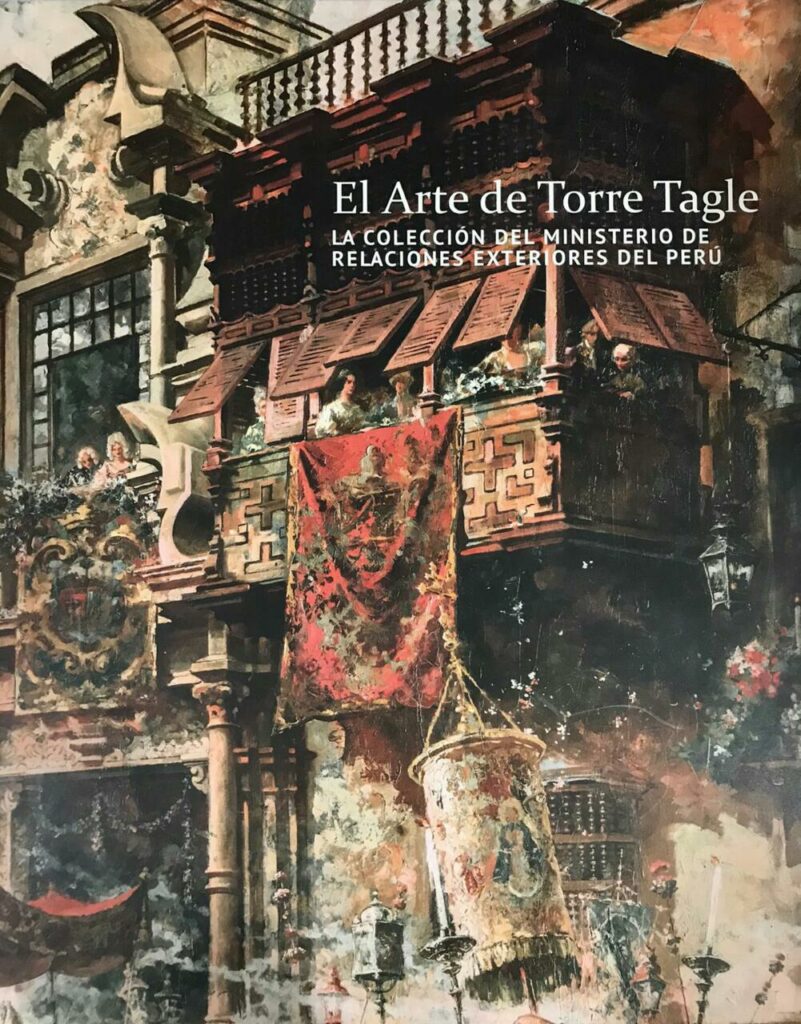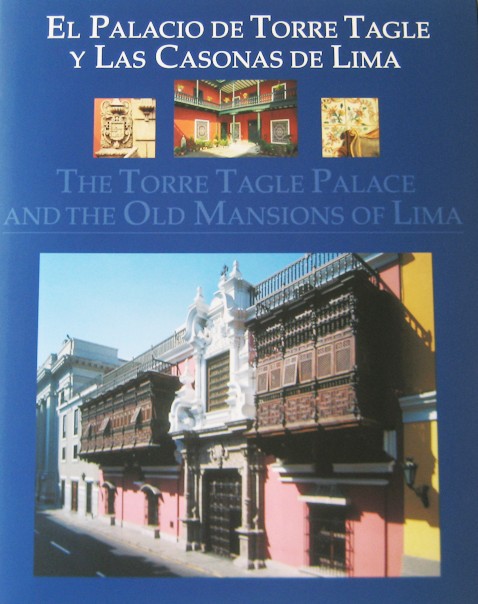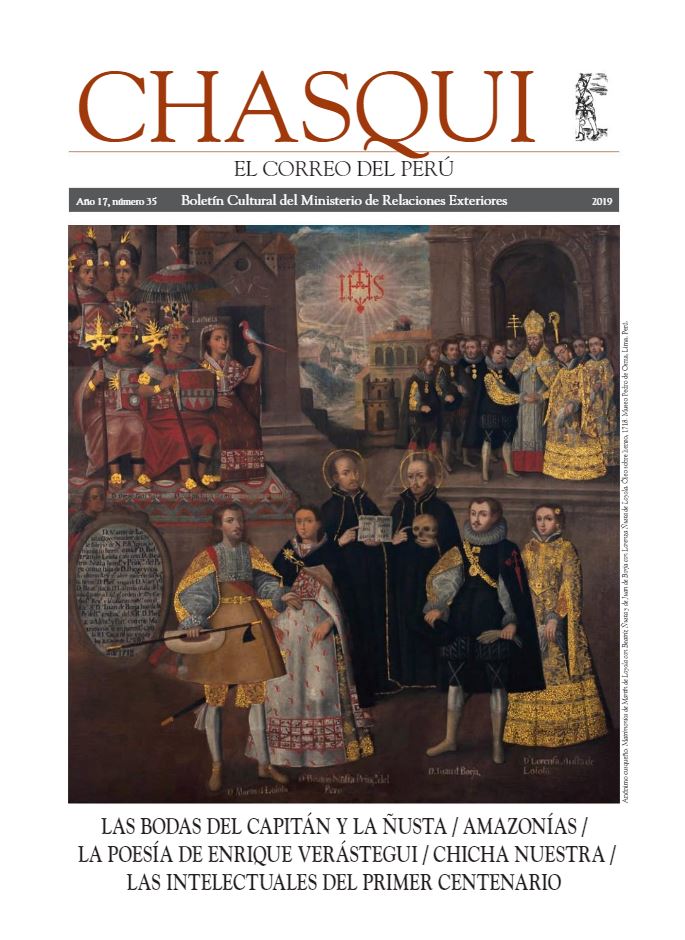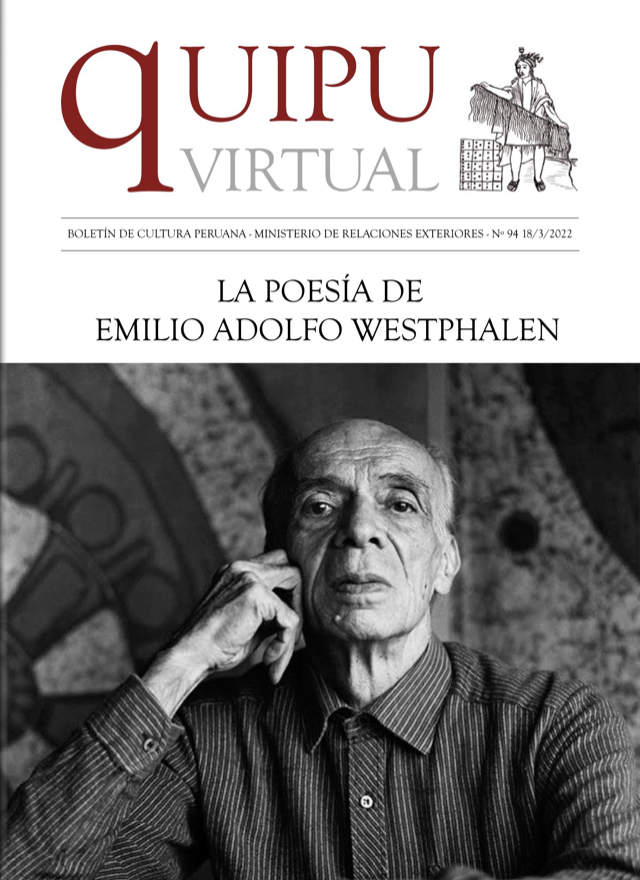Complete works
Inca Garcilaso de la Vega
On April 23, 1616, in a house located on Deán Street, in Córdoba, Spain, the Inca Garcilaso de la Vega ceased to exist. The distinguished mestizo chronicler was born in Cuzco on April 12, 1539 and prided himself on carrying high Inca and Spanish lineages in his blood. He was then 77 years old and was buried in the chapel that he had acquired in the mosque-cathedral of the city of Cordoba.
In 2015, the Ministry of Foreign Affairs, within the framework of the Bicentennial celebrations, published the Complete Works of Inca Garcilaso de la Vega in three volumes. This edition, by the historian Carlos Araníbar, brings together all of his intellectual production: the translation of León Hebreo’s Love Dialogues, La Florida del Inca, the two parts of the Royal Commentaries, among others. In the third volume, in addition, the biographical study that the renowned Garcilasista Aurelio Miró Quesada wrote about Inca Garcilaso is added. The texts have been rigorously updated in accordance with the academic guidelines in use in order to facilitate their reading, but without damaging the original document.
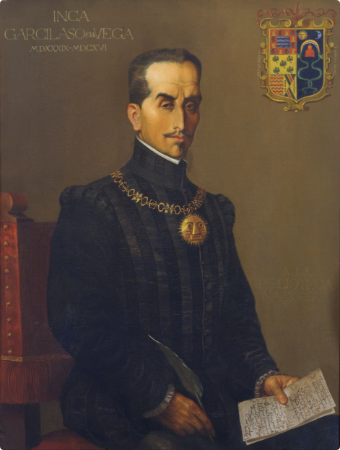
New chronicle and good government
Felipe Huaman Poma de Ayala
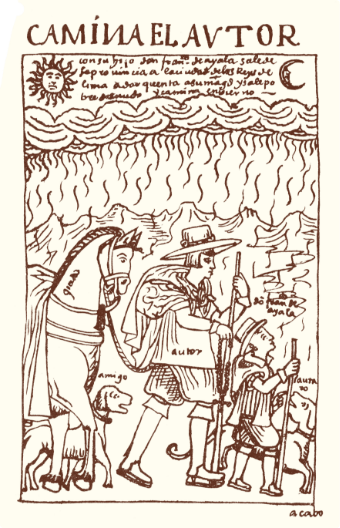
The manuscript entitled Nueva crónica y buen gobierno (New chronicle and good governance) that Felipe Huaman Poma de Ayala brought with him to Lima on a long journey from Ayacucho represents one of the most forceful pleas made at the beginning of the 17th century against the Spanish crown to reform the colonial administration in order to improve the appalling conditions in which the Andean people lived. The text, dated 1615 and with nearly 400 illustrations, was addressed to King Philip III of Spain, but never reached him. We do not know the exact circumstances of the journey this remarkable document must have taken, but by 1662, it was already in the Royal Library in Copenhagen, Denmark. It was the German Richard Pietschmann who came across the manuscript in 1908, and in 1936, under the direction of Paul Rivet, the Institute of Ethnology in Paris carried out an exhaustive cleaning of the manuscript and delivered it in a facsimile version.
A few years ago, the Biblioteca Nacional del Perú (National Library of Peru) published a new edition in four volumes of work of Huaman Poma, which went out of print immediately. The historian Carlos Araníbar (Lima, 1928-2016) edited the edition. An agreement between the Ministry of Foreign Affairs and the Biblioteca Nacional del Perú (National Library of Peru), signed in 2017, now allows for a new edition of the Nueva crónica y buen gobierno (New Chronicle and Good Governance), in three dense volumes, which includes the facsimile version of the original manuscript.


